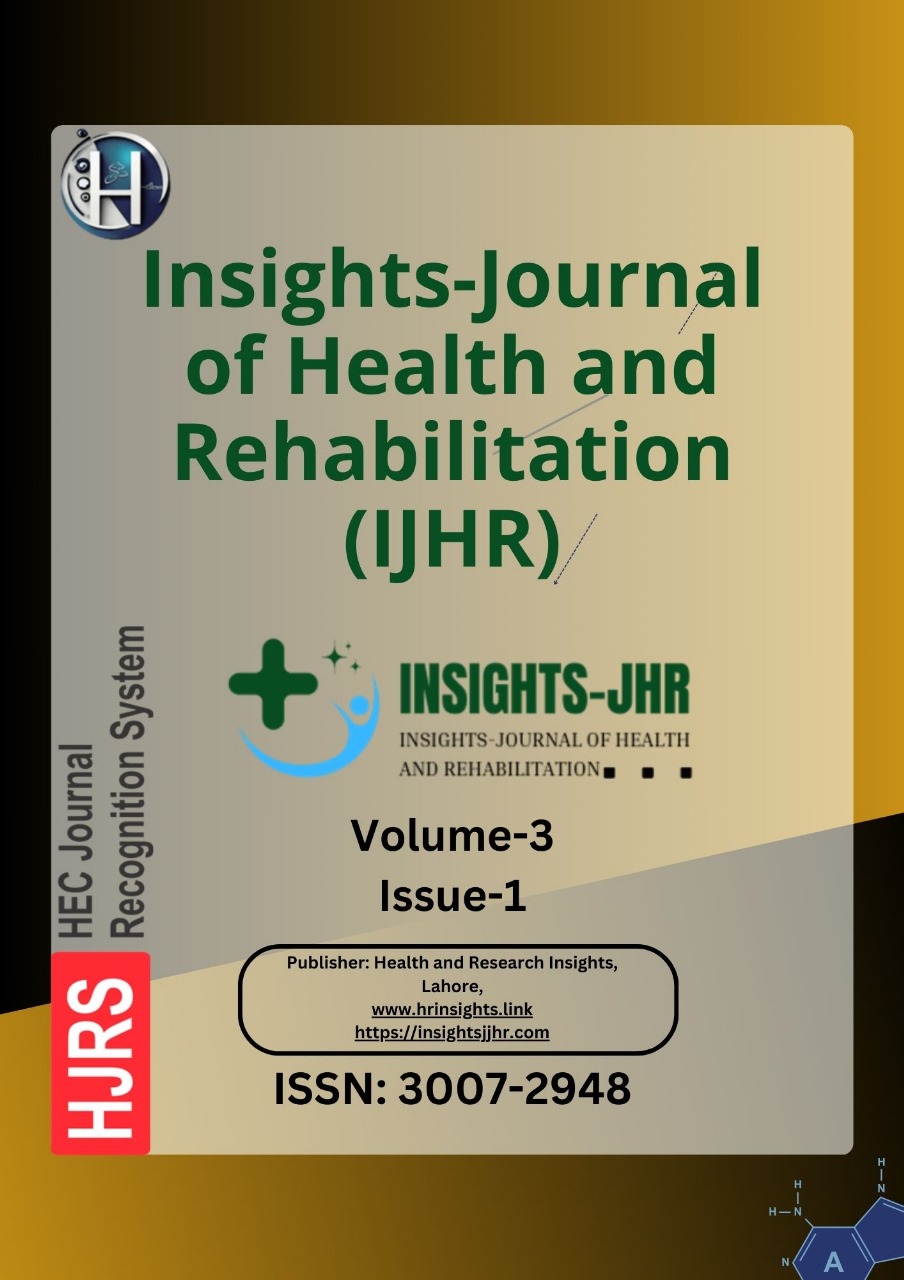EXPLORATION OF CT SCAN USAGE AND ITS ECONOMIC IMPACT; USED TO DIAGNOSE MILD HEAD TRAUMA IN DIFFERENT SELECTED CITIES OF PUNJAB, PAKISTAN
DOI:
https://doi.org/10.71000/te1vkq94Keywords:
Computed Tomography (CT), Diagnostic Imaging, Glasgow Coma Scale (GCS), Head Trauma, Mild Head Injury (MHI), Radiation Awareness, Traumatic Brain Injury (TBI)Abstract
Background: Computed tomography (CT) scans are a widely utilized imaging modality for diagnosing and managing head trauma, particularly mild head injuries (MHI). While effective, their increasing use raises concerns about unnecessary radiation exposure, financial burden, and adherence to diagnostic guidelines. This study focuses on understanding current CT scan utilization rates, associated costs, patient awareness of radiation risks, and diagnostic practices in public and private healthcare settings to identify disparities and propose improvements.
Objective: To evaluate the current rates of brain CT scan utilization, adherence to diagnostic guidelines, cost implications, financial burden, and radiation awareness among patients with mild head trauma in public and private healthcare sectors.
Methods: This cross-sectional observational study included data from 384 patients of all age groups presenting with Glasgow Coma Scale (GCS) scores between 13 and 15. After excluding 60 patients who did not meet the inclusion criteria, the final dataset comprised 324 patients. Participants were divided into five groups: four based on adherence to established guidelines (NICE, NOC, ACEP, CCHR) and one for scans performed without guideline adherence. Data analysis was performed using SPSS software, focusing on demographic variables, hospital sector, diagnostic criteria, referral source, cost, and radiation awareness. Statistical significance was assessed for relationships between these variables.
Results: The mean age of the 324 patients was 38.15 ± 21.315 years (range: 1–90 years), with 174 females (53.7%) and 150 males (46.3%). An equal distribution was observed between private (162) and public (162) hospitals. Nearly half (49.7%) paid a fee of Rs. 4500, while 62.7% expressed discomfort with the cost. Radiation awareness was low in 59.3% of patients, and this varied significantly by fee category (p=0.000). Diagnostic criteria adherence was observed in 55.2% of cases, with private hospitals predominantly using NICE (18.5%), while public hospitals often followed no criteria (31.5%). Gender had no significant relationship with hospital sector or diagnostic criteria (p=0.656).
Conclusion: This study highlights critical disparities in CT scan utilization, cost burdens, and adherence to diagnostic standards between public and private healthcare sectors. Improved adherence to guidelines, enhanced patient education about radiation risks, and equitable cost structures are essential to achieving better patient outcomes and addressing inequalities across healthcare systems.
Downloads
Published
Issue
Section
License
Copyright (c) 2025 Maha Shafi, Huma Akbar, Qurat Ul Ain, Ifra Mustafa, Ayesha Mehmood, Areej Hassan, Toheed Ahmad Danish (Author)

This work is licensed under a Creative Commons Attribution-NonCommercial-NoDerivatives 4.0 International License.







